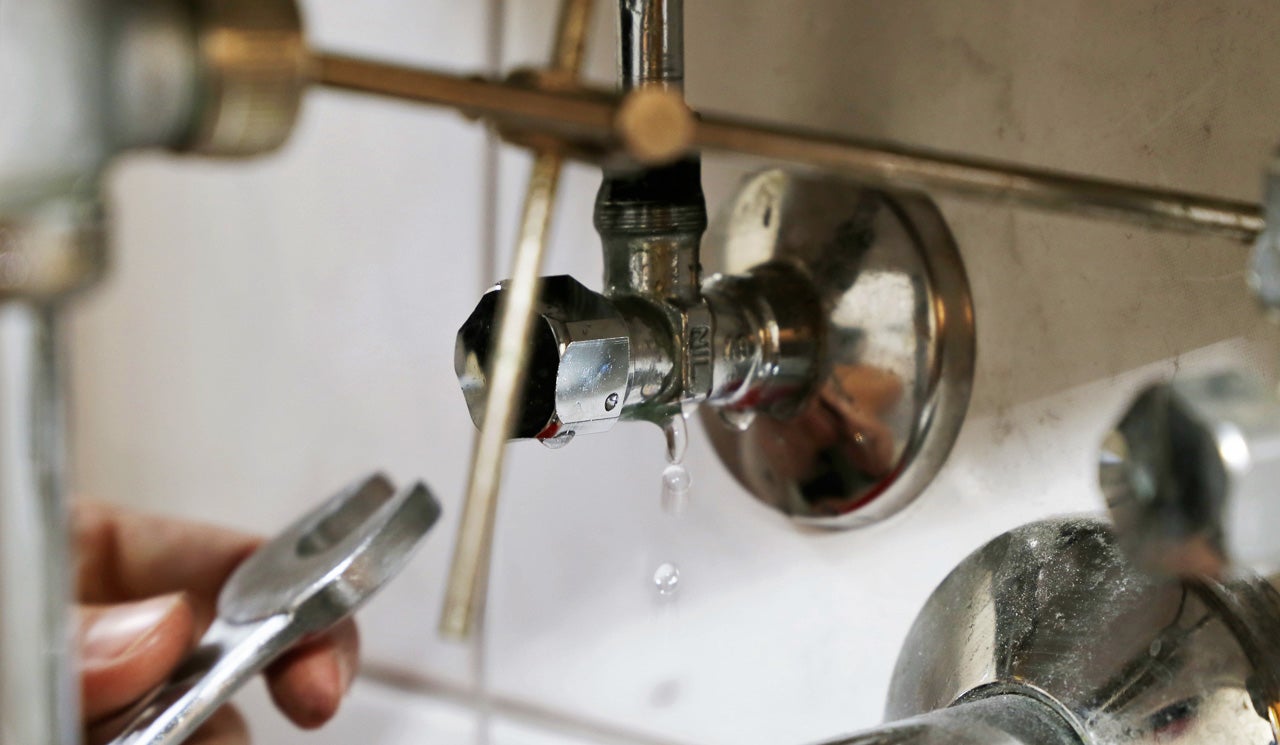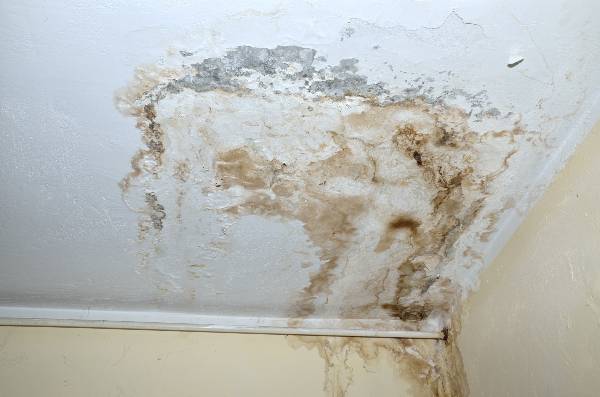6 Ways to Spot Covert Water Line Leaks Successfully
6 Ways to Spot Covert Water Line Leaks Successfully
Blog Article
What are your opinions concerning Hacks to detect leaks?

Early discovery of leaking water lines can mitigate a potential calamity. In addition to saving you money, it will minimize the aggravation as well as frustration. The moment you locate a leakage, calling your plumber for repair work is the most effective remedy. However, some little water leakages might not be visible. If you can not identify it with your nude eyes, right here are some hacks that help.
1. Examine the Water Meter
Examining it is a surefire means that helps you find leakages. If it moves, that indicates a fast-moving leak. This implies you might have a slow leak that might also be below ground.
2. Examine Water Consumption
Analyze your water costs and also track your water consumption. As the one paying it, you should notice if there are any inconsistencies. If you identify sudden changes, in spite of your usage being the same, it means that you have leaks in your plumbing system. Remember, your water costs must fall under the same range every month. An abrupt spike in your expense indicates a fast-moving leakage.
A consistent rise every month, even with the same behaviors, shows you have a slow leak that's likewise slowly intensifying. Call a plumber to extensively examine your home, particularly if you really feel a warm location on your flooring with piping beneath.
3. Do a Food Coloring Test
When it comes to water intake, 30% comes from bathrooms. If the shade somehow infiltrates your bowl throughout that time without flushing, there's a leak between the container and dish.
4. Asses Outside Lines
Don't fail to remember to check your exterior water lines too. Must water seep out of the connection, you have a loosened rubber gasket. One small leakage can lose heaps of water as well as increase your water expense.
5. Inspect as well as Assess the Situation
House owners need to make it a habit to check under the sink counters and even inside cabinets for any type of bad odor or mold growth. These two red flags suggest a leak so prompt attention is required. Doing routine evaluations, even bi-annually, can save you from a significant issue.
Examine for discolorations and deteriorating as the majority of pipes and appliances have a life expectancy. If you believe dripping water lines in your plumbing system, do not wait for it to rise.
Early discovery of dripping water lines can minimize a potential calamity. Some small water leakages may not be visible. Inspecting it is a guaranteed method that helps you discover leakages. One little leakage can lose loads of water and surge your water expense.
If you think leaking water lines in your plumbing system, don't wait for it to intensify.
How to Know If Your Home Has a Hidden Leak
Water Meter Reveals Inexplicable Water Usage
If you’d like to test whether or not there’s a leak somewhere in your home, you can do this using your water meter. Here is how to conduct the test:
Don’t use any water in your home for at least 30 minutes; this also means not turning on faucets or water-using appliances.
Go outside, and check your water meter for activity.
If your water meter shows that there was activity, even though no one was using any water, this proves that there is a leak in your home.Visible Mold or Mildew Growth
Leaks behind walls create moist, dark environments that allow mold and mildew to grow and thrive. Eventually, you might see mold growth forming on the wall closest to a hidden leak.
If mold is growing in an area that receives a high amount of moisture, such as a bathroom, it may simply be an indication that better ventilation is needed. However, if you see mold growth on a wall or the ceiling in an area where you would not expect, you probably have a hidden leak.
Musty, Mildew Odor
Sometimes you might not be able to see the mold or mildew that is growing as a result of a leak. However, the smell can give the problem away just as easily. If you catch a whiff of something musty, there’s a good chance that old water is collecting somewhere in your home that you can’t see.
Stained/Warped Walls, Ceilings, or Floors
When your home soaks up water, a variety of red flags can become visible, including ceiling stains, bubbling drywall, warped walls, and sagging floors. While these issues can be caused by excess humidity, they can also be signs that a pipe or plumbing connection has started leaking behind your walls.
Inexplicably High Water Bill
After a while, you get a general sense for what your water bill should be. If you own a pool or sprinkler system, your bill will tend to be higher during summer. However, if you receive a water bill that seems especially high, and you can’t figure out what caused it, then you may have a hidden leak somewhere that’s increasing your bill.
https://www.plumbingjoint.com/blog/2019/july/how-to-know-if-your-home-has-a-hidden-leak/

Do you like reading up on Leaking water lines? Try to leave feedback below. We will be glad to listen to your views about this review. In hopes to see you back again soon. Those who appreciated our page please be sure to pass it around. Thank you for taking the time to read it.
Book A Free Estimate Report this page